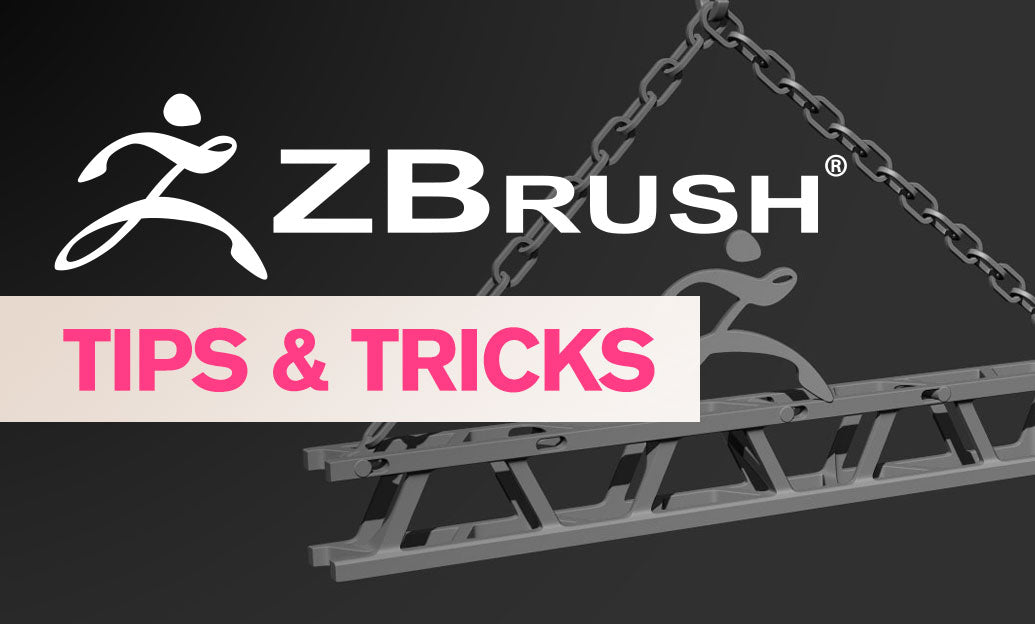Your Cart is Empty
Customer Testimonials
-
"Great customer service. The folks at Novedge were super helpful in navigating a somewhat complicated order including software upgrades and serial numbers in various stages of inactivity. They were friendly and helpful throughout the process.."
Ruben Ruckmark
"Quick & very helpful. We have been using Novedge for years and are very happy with their quick service when we need to make a purchase and excellent support resolving any issues."
Will Woodson
"Scott is the best. He reminds me about subscriptions dates, guides me in the correct direction for updates. He always responds promptly to me. He is literally the reason I continue to work with Novedge and will do so in the future."
Edward Mchugh
"Calvin Lok is “the man”. After my purchase of Sketchup 2021, he called me and provided step-by-step instructions to ease me through difficulties I was having with the setup of my new software."
Mike Borzage
V-Ray Tip: Enhance Rendering Efficiency with V-Ray Proxy Setup Techniques
May 11, 2025 2 min read

Optimizing your V-Ray workflow is essential for efficient rendering and managing complex scenes. Setting up V-Ray Proxies is a powerful technique to streamline your projects, especially when dealing with high-polygon models.
Benefits of Using V-Ray Proxies
- Performance Improvement: Proxies reduce the memory footprint by loading geometry only when needed, enhancing overall scene performance.
- Flexibility: Easily replace or update proxy objects without affecting the main scene, allowing for non-destructive workflow adjustments.
- Scalability: Manage large datasets efficiently, making it easier to handle intricate models or numerous instances of objects.
- Optimized Rendering: V-Ray Proxies streamline the rendering process by minimizing unnecessary calculations, leading to faster render times.
Steps to Set Up V-Ray Proxies
- Prepare Your Model: Ensure your 3D model is clean and optimized. Remove any unnecessary polygons or details that won’t be visible in the final render.
-
Create a Proxy Object:
- In your 3D software, select the model you want to convert into a proxy.
- Use the V-Ray Proxy tool to export the model as a VRScene file. This format allows V-Ray to handle the geometry efficiently.
-
Import the Proxy into Your Scene:
- Use the V-Ray Proxy importer to bring the VRScene file into your current project.
- Position and scale the proxy object as needed within your scene.
-
Adjust Proxy Settings:
- Access the proxy’s properties to tweak settings such as displacement, materials, and render options.
- Ensure that the materials applied to the proxy are optimized for performance and realism.
-
Instance the Proxy:
- To create multiple instances of the proxy object, simply duplicate it within your scene. V-Ray efficiently handles instances, reducing the performance impact.
-
Test Render:
- Perform a test render to ensure that the proxy integrates seamlessly with your scene’s lighting and materials.
- Make any necessary adjustments to optimize the appearance and performance.
Best Practices
- Keep Proxies Organized: Maintain a well-organized directory structure for your proxy files to streamline workflow and collaboration.
- Optimize Geometry: Simplify proxy models as much as possible without compromising visual quality to enhance performance.
- Use LODs (Levels of Detail): Implement different levels of detail for proxies based on their distance from the camera, improving rendering efficiency.
- Leverage NOVEDGE Resources: Visit NOVEDGE for a wide range of tutorials, plugins, and additional resources to enhance your V-Ray proxy setup.
Implementing V-Ray Proxies can significantly improve your rendering workflow, allowing you to manage complex scenes with ease and achieve high-quality results efficiently. For more advanced tips and professional support, explore the resources available at NOVEDGE.
You can find all the V-Ray products on the NOVEDGE web site at this page.
Also in Design News

Advancing Sustainable Design: The Role of Eco-Friendly Software in Architecture and Engineering
May 11, 2025 5 min read
Read More
ZBrush Tip: Mastering the Displace Noise Brush for Enhanced Detailing in ZBrush
May 11, 2025 2 min read
Read MoreSubscribe
Sign up to get the latest on sales, new releases and more …



